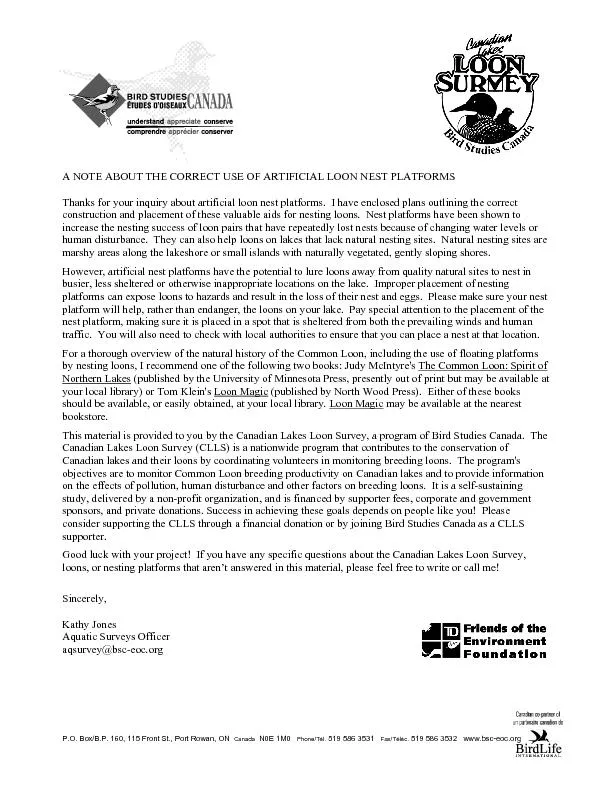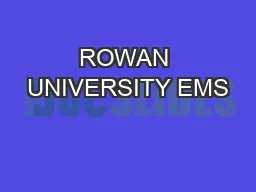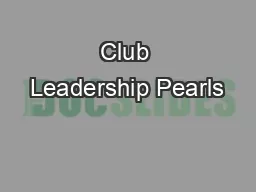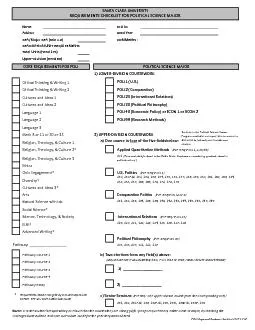PDF-P.O. Box/B.P. 160, 115 Front St., Port Rowan, ON Canada N0E 1M0 Ph
Author : calandra-battersby | Published Date : 2016-06-22
Thanks for your inquiry about artificial loon nest platforms I have enclosed plans outlining the correct construction and placement of these valuable aids for nesting
Presentation Embed Code
Download Presentation
Download Presentation The PPT/PDF document "P.O. Box/B.P. 160, 115 Front St., Port R..." is the property of its rightful owner. Permission is granted to download and print the materials on this website for personal, non-commercial use only, and to display it on your personal computer provided you do not modify the materials and that you retain all copyright notices contained in the materials. By downloading content from our website, you accept the terms of this agreement.
P.O. Box/B.P. 160, 115 Front St., Port Rowan, ON Canada N0E 1M0 Ph: Transcript
Download Rules Of Document
"P.O. Box/B.P. 160, 115 Front St., Port Rowan, ON Canada N0E 1M0 Ph"The content belongs to its owner. You may download and print it for personal use, without modification, and keep all copyright notices. By downloading, you agree to these terms.
Related Documents














